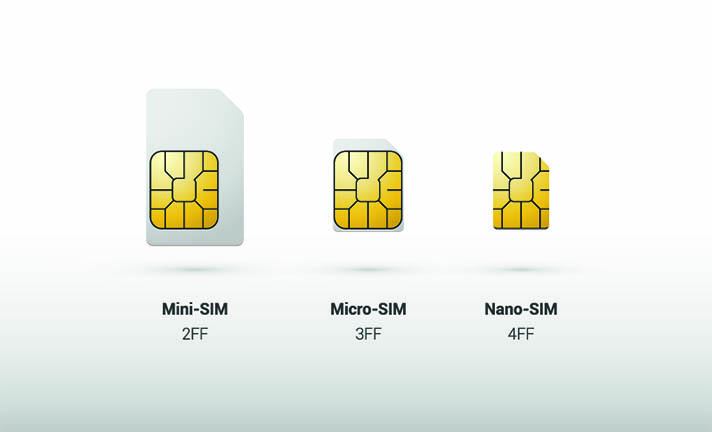Do I need an M2M SIM?
M2M SIM stands for Machine-to-Machine Subscriber Identity Module which is a SIM card specially designed for Internet of Things (IoT) applications, often also referred to as an IoT SIM.
An M2M SIM connects a device to the cellular network in much the same way as the SIM in your mobile phone. M2M SIMs are usually only programmed to send and receive data, so they don’t support voice calls. Some may support SMS which can be important if SMS is needed to configure your device or used as a wake-up function for devices that send data infrequently.
How does an M2M SIM differ from a data-only SIM?
If you’re only tracking a few diggers or monitoring the level of the river on your farm with a couple of sensors, then it may be tempting to just grab a data-only SIM in Tesco and stick it in your device. But hold on, M2M SIMs are different to data-only SIMs and offer a number of advantages.
Price
Firstly the data charges for an M2M SIM are only a fraction of what you pay for with a data-only SIM. Secondly you probably don’t need all the data included with a data-only SIM because most IoT applications only use a small amount of data every month. Thirdly if you do have several different devices, you can usually share a bundle of data between the SIMs, so that you’re not paying for more than your need. Typically you can expect to pay in the region of £2-3 per month for an M2M SIM carrying small amounts of data.
Remote Management
SIMs designed for IoT applications have a special piece of software on them so that you can manage them through a platform accessed via a webpage. This means that if your devices are in remote or hard-to-reach locations then you don’t need to visit them. Through the webpage or online portal you can see how much data is being transferred, what cell tower the device is connected to and you can suspend the data transfer if needed.
Persistent connection
Some technologies that are specifically designed for IoT, like LTE-M (or Cat-M1), allow the device to tell the network that they’ll be sleeping for longer periods than a regular SIM. This saves power on the device but also means that M2M SIMs that only transfer data infrequently are not disconnected from the network for inactivity, which can happen to regular data-only SIMs.
Multi network support
Normal SIMs used for voice or data are programmed to only connect to the network that issued them. But if you need your device to connect in remote areas where network coverage may be variable or if your device moves around, then you’ll want it to connect to the strongest signal. This is what most M2M SIM cards do. It will connect to the strongest signal available, which is also important if your application is mission critical and you can’t afford to miss any data transfer.
Operating environment
M2M SIMs are designed to be more tolerant of environmental factors such as heat or vibration, which standard data-only SIMs do not. If your application resides in an extreme environment in terms of moisture or dust for example, then further ruggedised SIMs are available.
What size is an M2M SIM?
M2M SIMs come in a range of sizes or form factors. Originally all SIMs were credit-card sized, but now most of this plastic is just used to carry a smaller variant. IoT devices may require a nano, micro or mini SIM, you can see the difference in sizes in the picture below. Some IoT devices are being built with an embedded SIM, which is usually soldered into place during the manufacturing process and then activated remotely.

What are the alternatives?
Depending on your application, you may not need a cellular connection for your data transfer and indeed another technology may be more appropriate. Sigfox and LoRa are two other types of networks that use special network devices rather than SIM cards.

